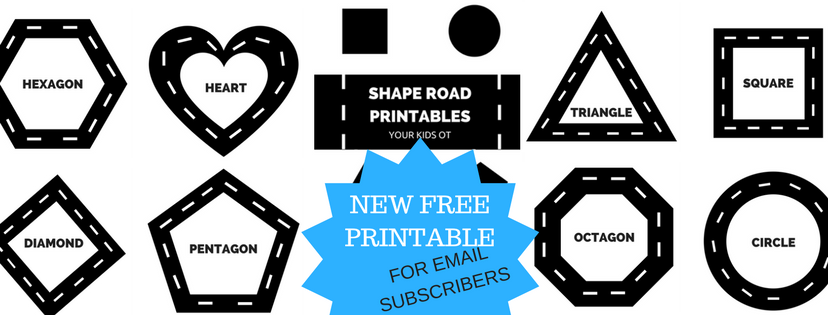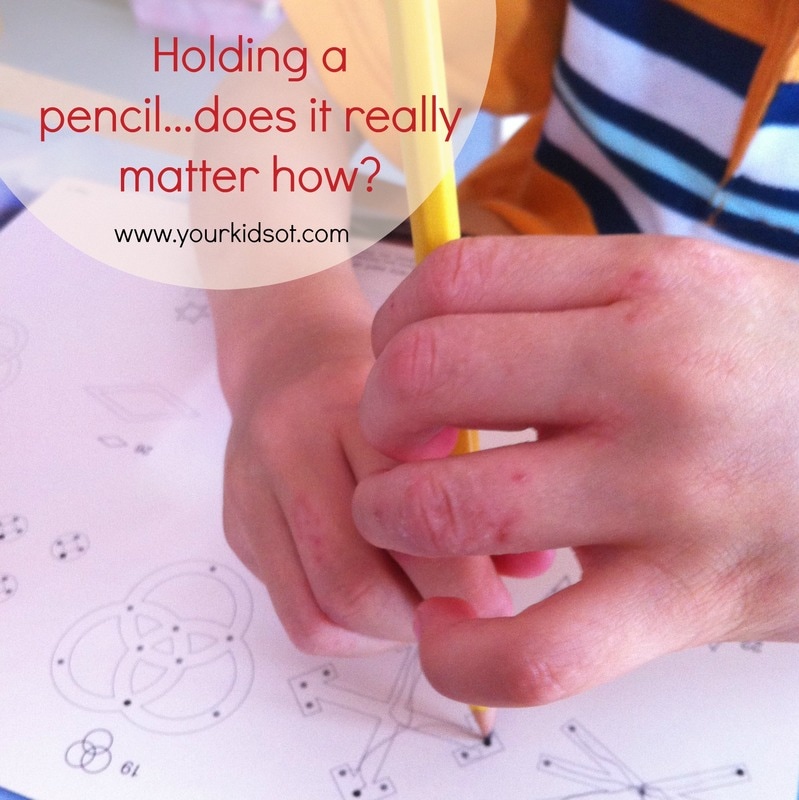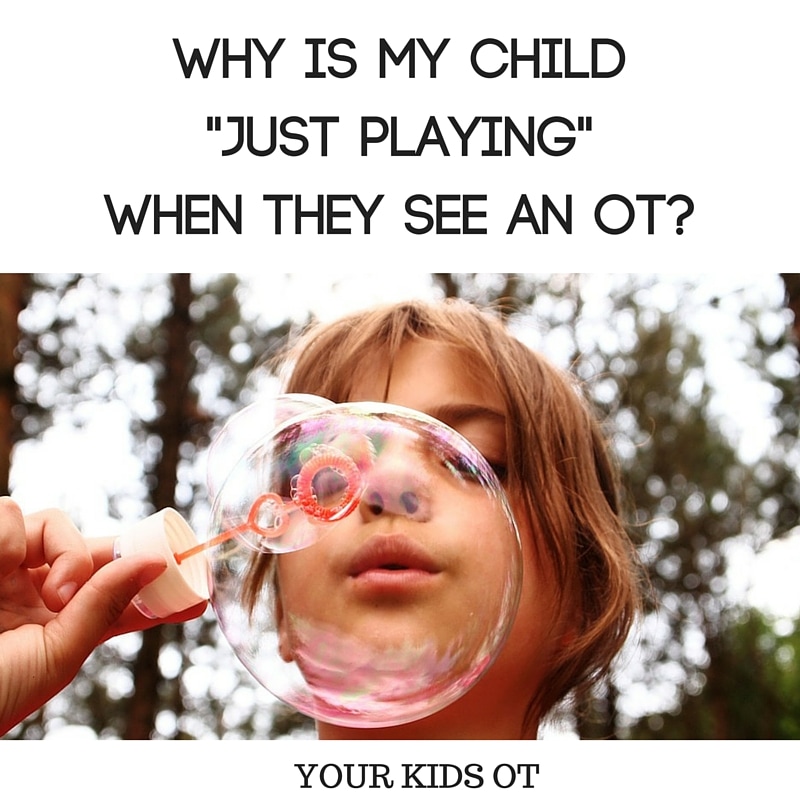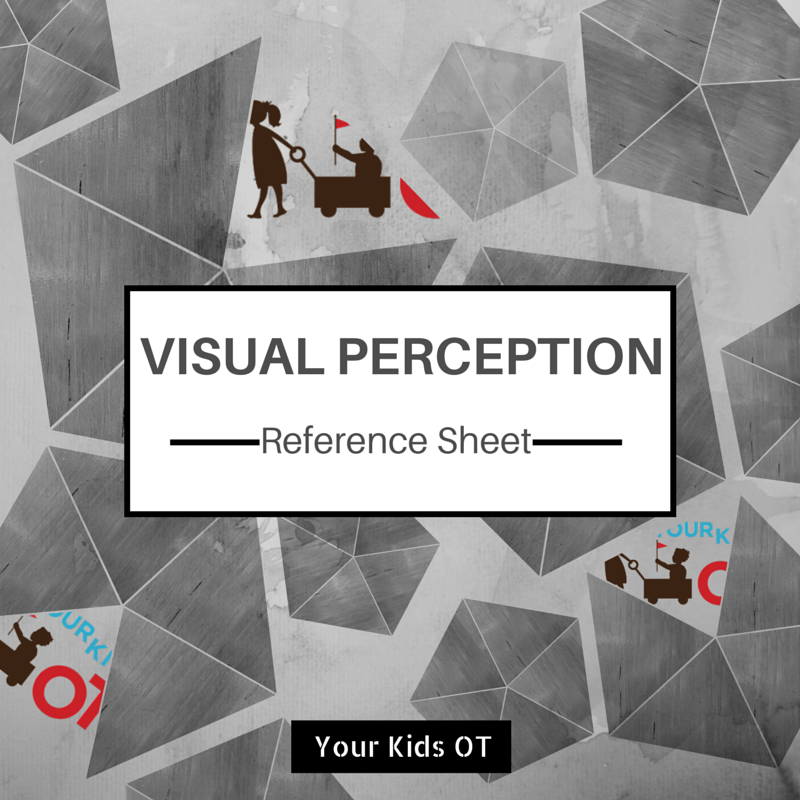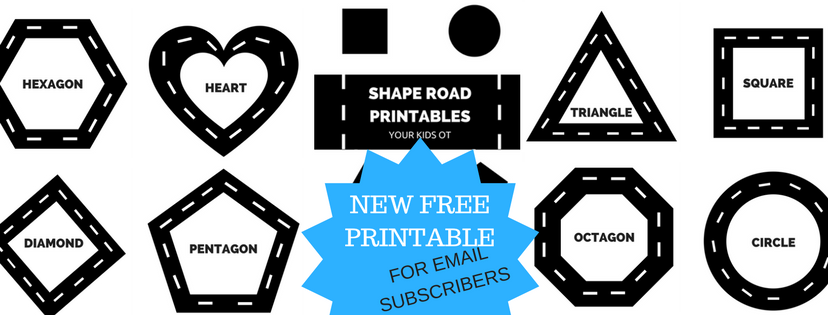|
Bubbles!
Most (ok almost all) children love bubbles! Even my dog loves bubbles! And like my dog, your child has the capacity to have some self-control. They can control their impulses (with help and training). This is an important skill in life for children to learn. Often it is a safety issue. Children need to resist the impulse to run across the road. They need to resist the impulse to reach to something bright red and hot. Maybe they need to resist climbing the ladder just because it is there. As children get older, they may need to learn self control and impulse control so that they are not running down the aisle at a grocery story or touching everything on the shelves. Maybe they have to work out what is appropriate to say or not to say. Whilst this activity will not address these particular issues of impulse and self control, activities such as these (for toddlers, preschoolers and early infants school age children) can teach them attention skills and begin to teach them that they have control over their own actions (ie. control over their own bodies).
Bubble Game!
What you need: Bubbles and a bubble wand. (Alternatively use some dishwashing detergent or make it harder for your child by using an automatic bubble machine). How to play: 1. Blow bubbles so that your child can pop as many as they can. 2. Ask your child to freeze their feet and legs. They can pop the bubbles now with their upper body. 3. Ask your child to freeze all over. They can't pop the bubbles at all. 4. Unfreeze and allow your child to pop as many bubbles as they can. Repeat. Notes: 1. Allow your child to unfreeze and freeze at whatever length of time suits them. You may allow them to pop bubbles for longer and freeze for a very short length of time when you are first introducing the game. 2. Blow the bubbles further away from your child if they are having difficulty resisting the "pop". Praise them for trying when they do resist it. 3. Ask your child to freeze in a certain position to add interest (eg. like a dinosaur, like a tree, like a teapot). 4. Play this with a group of friends. 5. You could start by standing a distance away from your child and as they demonstrate that they can resist popping, you could step forward towards them. 6. Swap roles with your child so that they blow the bubbles and you freeze. 7. Change the activity to pop the bubbles with a certain part of the body (eg. elbow, knee). This is a fun game that will appeal to lots of children! You could even play this at a birthday party! Do you have a favourite game to help your child with "impulse control and self-control"? 
Cindy is a registered occupational therapist practising in Sydney, Australia. She has two growing children who are a constant source of inspiration and learning. Cindy loves working creatively to help children to reach their potential, finding opportunities in everyday living and making learning fun. She is also addicted to making printables (even when they take a long time to complete). Cindy is the author of the Occupational Therapy blog Your Kids OT. Read more articles from Your Kids OT at https://www.yourkidsot.com/blog Cindy is a member of the Functional Skills for Kids Therapy Team. They have together published THE HANDWRITING BOOK, THE SCISSORS SKILLS BOOK and THE TOILETING BOOK. ​The information on this site is general in nature. The activities are safe for most children, however, you should consult an Occupational Therapist or health professional to address specific movement, sensory or other medical conditions. Affiliate links are used throughout this website to promote recommended products. Your Kids OT receives a small commission if any purchases are made through these links. Please see my disclosure policy for more details. ​​​ Amazon Store: https://www.amazon.com/shop/yourkidsot YKOT shop: https://www.yourkidsot.com/store/c1/Featured_Products.html Teachers Pay Teachers: https://www.teacherspayteachers.com/Store/Your-Kids-Ot You Tube Channel: https://www.youtube.com/channel/UCZUz_5nYEOCkj32DiOCQo4Q/featured Facebook: https://www.facebook.com/yourkidsot Instagram: https://www.instagram.com/yourkidsot/ Pinterest: https://www.pinterest.com.au/yourkidsot/ ​ Have a look at my 16 month old labrador Monte as he demonstrates the Bubble game!
Tools for regulation.
​There is NOT one simple answer to help a person (adult or child) with regulation. A combination of sensory supports, breathing techniques, thinking strategies, mindfulness and interoception will enable your child to have a "toolbox" of different ways to calm down, manage problems and navigate anxieties. It is essential that any "tools" are NOT "thrown" at a child, NOT produced as a list to "fix" them or NOT used to help us as parents/caregivers to stop a meltdown. Over the years, occupational therapists have been known for using sensory supports to help with regulation. Sensory integration (SI) is the process by which people register, modulate, and discriminate sensations received through the sensory systems to produce purposeful, adaptive behaviors in response to the environment (Ayres, 1976/2005). Refer HERE to more information from the American OT association bout sensory integration. There has been some controversy about SI as there is not a lot of scientific evidence to back up strategies taught and used. However, there have been some recent studies and this is growing - refer HERE for an overview and HERE for more. Sensory "diets" are a program of activities that can be incorporated throughout a child's day to provide a "sensory lifestyle". Some activities that are sensory based may assist with regulation by providing the body with a calming affect or helping to decrease arousal. Some activities may be alerting and increase arousal. Some activities may assist children to discriminate sensory information. Working out what works for your child can be helpful with an occupational therapist. Here are some resources that may also guide your journey: * Sensory Diet Activity Guidebook * Sensory activities for me: Sensory Activity Checklist
Breathing is an important regulation tool. It is well documented that breathing helps the brain to calm down and relax. The brain can then signal the rest of the body to respond with a lower heart rate, less stress and reducing muscle tension.
Conscious breathing, linking the brain with deep breaths can help children to be mindful and deliberate with their breathing. You can try infinity breathing (see image above) where a child traces out an infinity image taking deep breaths in and out until they feel calm. Some children will like drawing a rainbow whilst working on breathing (see video below) or find this on Instagram HERE.
Mindfulness is a type of meditation in which you focus on being intensely aware of what you're sensing and feeling in the moment, without interpretation or judgment. Practicing mindfulness involves breathing methods, guided imagery, and other practices to relax the body and mind and help reduce stress. Read more HERE.
Here are some helpful mindfulness you-tube videos that you can work through with your children. Sometimes mindfulness activities are linked to interoception, connecting the mind to the body. This helps children to be more aware of their body's signals so that they can be linked with emotions and in turn can lead to action. Here are some helpful body scan mindfulness you-tube videos that you can work through with your children.
For some children, "thinking strategies" can help them with regulation. There are many programs which used a cognitive based approach to regulation. I have discussed this in a recent article "What is Self-Regulation? Regulation resources and programs" HERE.
Theory of Mind is described in psychology as the capacity that someone has to understand other people (their beliefs, desires, intentions, emotions) and that they may be different from their own. Many of the children we see for occupational therapy have difficulty with this and some will benefit from a cognitive approach to social thinking. Regulation and self-regulation is complex! As I add to the information on this area on this website, refer back to these previous articles for more information, tools and insights:
What have you included in your child's regulation tools? Have you got a combination of sensory supports, breathing techniques, mindfulness, interoception and thinking strategies? 
Cindy is a registered occupational therapist practising in Sydney, Australia. She has two growing children who are a constant source of inspiration and learning. Cindy loves working creatively to help children to reach their potential, finding opportunities in everyday living and making learning fun. She is also addicted to making printables (even when they take a long time to complete). Cindy is the author of the Occupational Therapy blog Your Kids OT. Read more articles from Your Kids OT at https://www.yourkidsot.com/blog
Cindy is a member of the Functional Skills for Kids Therapy Team. They have together published THE HANDWRITING BOOK, THE SCISSORS SKILLS BOOK and THE TOILETING BOOK. ​The information on this site is general in nature. The activities are safe for most children, however, you should consult an Occupational Therapist or health professional to address specific movement, sensory or other medical conditions. Affiliate links are used throughout this website to promote recommended products. Your Kids OT receives a small commission if any purchases are made through these links. Please see my disclosure policy for more details. ​​​ Amazon Store: https://www.amazon.com/shop/yourkidsot YKOT shop: https://www.yourkidsot.com/store/c1/Featured_Products.html Teachers Pay Teachers: https://www.teacherspayteachers.com/Store/Your-Kids-Ot You Tube Channel: https://www.youtube.com/channel/UCZUz_5nYEOCkj32DiOCQo4Q/featured Facebook: https://www.facebook.com/yourkidsot Instagram: https://www.instagram.com/yourkidsot/ Pinterest: https://www.pinterest.com.au/yourkidsot/ ​ "Self- regulation" is a buzz phrase at the moment. Emotional regulation? Sensory regulation? Co-regulation? What does it mean and does it relate to executive functioning skills? Does it relate to interoception? What is age-appropriate? It can be confusing navigating these terms and sifting through all of the information available on this topic. Different people seem to use the term "self- regulation" in different ways. These authors found occupational therapy and self-regulation in 58 publications with many of them not defining the term! Here is a look at self-regulation according to several sources and common programs used by occupational theapists. Bookmark this one to read or grab a cup of coffee, as we are covering a bit today! 1. ALERT program and "arousal theory". Williams and Shellenberger (2012) describe in the ALERT program: "arousal" as the state of the nervous system that describes how alert one feels to attend, concentrate and perform tasks. "Self-regulation" is the ability to attain, maintain and change arousal appropriately for a task or situation (requiring neurological brain connections to do so). A developmental progression is described separting self-regulation by age into "first order self-regulation" (infants regulation of automatic body functions such as breathing, temperature and sleep-wake cycles), "second order self-regulation" (visual monitoring, selective attention, use of adaptive movement, coordination of suck/swallow/breath and vocaliszation), and "third order self-regulation"(higher-level cognitive skills for problem solving, self-monitoring, recognition of varying needs, language, planning, attention, working memory, organization of space, time, tasks, environments, goals). The Alert program focuses on using the third order self-regulation (ie. high level thinking) to help children to recognize their need for arousal state change (first order self-regulation) using second- order strategies. As children develop, they become more able to subconciously choose, use and refine sensorimotor strategies for self-regulation. Find out more about the ALERT program HERE. 2. Zones of Regulation and the integration of neuorological components to self-regulation. According to the Kuypers (2011) in the Zones of Regulation Curriculum; "self regulation" requires three critical neurological components to be integrated. The components are sensory processing, executive functioning and emotional regulation. Self-regulation is therefore defined as "regulating one's sensory needs, emotions and impulses to meet the demands of the environment, reach one's goals, and behave in a socially appropriate way". Kuypers describes sensory processing as how a person makes sense of the information perceived by sensory receptors, organize and integrate the information so that purposeful action can take place. Executive functioning is described as the cognitive processes involved in conscious control of thoughts and actions. Emotional regulation is described as the ability to control one's emotions to meet social requirements using cognitive thinking elements such as objectivity, motivation and understanding the perspective of others. These three components are interdependent and function together to achieve self-regulation. The Zones of Regulation Program uses a cognitive behaviour approach to assist children to consciously regulate their emotions, which in turns lead to increased control and problem solving abilities. Read more abou the Zones of Regulation Program HERE. 3. Executive Function in the Classroom by Christopher Kaufman According toe Kaufman (2010), executive functioning skills is a term that is an umbrella term for two strands (the Metacognitive strand and the Social/emotional Regulation strand). The Metacognitive strand includes one's ability for goal setting, planning, sequencing, organization of materials, time management, task initiation, executivite/goal-direction attention, task persistence, working memory and set shifting. The Social/emotional Regulation strand includes one's response inhibition (impulse control), emotional control and adaptability. This book outlines the neurology of self-regulation and asks adults (teachers, parents, etc) to consider how to provide children with a "surrogate prefrontal cortical capacity". This means how a child may be provided with more support to ensure a child's daily survival, the "stop-and-think" and problem solving skills a child might need until their regulatory capacity can take over. Executive Function in the Classroom may be purchased from a book supplier such as this one. 4. The Preschool Situational Assessment ToolKit (PRSiST) by Wollongong University This assessment and regulation handbook uses the Australian Early Learning Framework to support a child's self regulation. They describe both adult and child practices to facilitate regulation for preschool age children (approx 3-5 yrs). Self-regulation is defined as the capacity to control urges, impulses and natural reactions, as needed, both by stopping something (even if one does not want to stop) or by starting something (even if one does not want to start). By the end of the pre-school years, well-regulated children can wait their turn, resist the temptation to grab a desired object from another child, tidy up after play with little prompting, and persist with a challenging activity. In later life, well-regulated adults (who were often well-regulated children) tend to have finished school, be employed, and have fewer problems with their health, substance abuse, financial difficulties and the law.
5. Sensory Processing: The Star Institute The STAR Institute are known for their treatment, education and research of sensory processing disorder. The STAR institute use the following definitions: Regulation: How we shift and maintain states according to the demands of the environment. In a balanced sympathetic/para-sympathetic nervous system ‘regulation’ toggles between unconscious and conscious as we shift between states of arousal according to internal and external context-dependent demands. Co-regulation: When two people are connected / engaged there is a process of coregulation (or other-regulation) that takes place where they contribute to one another’s sense of calm and availability for the world. This impacts our ability to tolerate stressors and recover from stress. You can co-regulate OR co-escalate, in Daniel Siegel’s work this connection is often called the interbrain. Self Regulation: The independent ability to remain calm and alert and available to the world around us. Self Regulation is sometimes called self-care, it is a process that is running in the background all the time everyday. We cannot entirely self-regulate at any stage of life. However in early infancy we rely a lot more on coregulation than we do later in life. The STAR institute's model of practice includes their "Regulation Cup" with an interconnectedness between sensory registration, modulation and arousal within a context of a child's relationship with others. Find out more about the STAR Institute and access their FREE definition page HERE. 6. DIR Floortime Model The Interdisciplinary Council on Development and Learning (ICDL) is a not-for-profit organization dedicated to promoting each person's development to its fullest potential. ICDL provide training for parents and professionals on the DIRFloortime® model. DIRFloortime® is used to help children, young adults, and adults with a wide range of emotional, sensory, regulatory, motor, learning, and developmental challenges. DIR is the Developmental, Individual-differences, and Relationship-based model used to provide an understanding for human development and outlines the critical role social-emotional development has on overall human development. ICDL define regulation as... Regulaton: The ability to stay in the ‘just right’ state rather than being over- or under- aroused. When well-regulated, you are calm, alert and available. Your regulatory state for taking a written examination is different from when you are participating in a soccer match. Regulation is best when the following areas come together: sensory integration, cognitive understanding, problem solving, adaptive and coping abilities, and the ability to sustain interactions. Find out more about ICDL and access their glossary of terms. 7. The Interoception Curriculum: A step by step framework for developing mindful self-regulation. Interoception is described as the ability to feel internal sensations (aka body signals). The Interoception curriculum defines "self-regulation" is the ability to identify and manage how you feel, making connections with the body, emotions and regulation. To be able to self-regulate, Mahler (2019) identifies that it requires someone to be aware of how one's body feels which in turn provides valuable information about one's emotions. Recognizing when one needs to regulate and knowing what action will help with independent self-regulation. This independence may not mean "people free"regulation as there is an acknowledgment aht other people help us to regulate and to feel good. This curriculum believes that interoception is the foundation to self-regulation. Find out more about Interoception and the curriculum HERE. So what can draw on with these definitions of self-regulation? Here is my version. Self-regulation is the ability to recognize and manage our emotions, behaviour and thinking within the context of our relationships with others and activities of daily living. Whilst this is not an exhaustive list of programs and resources, I hope that this article provides an overview of different approaches to regulation from the "bottom up" and the "top down". You can also read about the Pyramid of Learning HERE. Professionally, each of these programs and resources have a place in my "toolkit" to look at regulation with the different children I see clinically. Some children will have difficulty identifying and answering a simple question of "How do you feel?" Other children have the cognitive capacity to consider the social expectations of a situation and manage their behaviour and emotions accordingly. As parents, teachers and therapists; it is important for us to know that children are continuing to develop physically, emotionally, cognitively well into their teenage years. Co-regulation, where an adult guides a child with principles for regulation and provides appropriate tools ... is important throughout every stage of child development. This is a valuable article on co-regulation that is a must for all of you to read "Co-regulation from birth to young adulthood: A Practice Brief (The University of North Carolina)". At the time of writing, I've misplaced (or maybe loaned out) my copy of "The Whole Brain Child" by Daniel Siegel and Tina Payne Ryson (another valuable reference for parents and therapists on co-regulation and emotional intelligence), however refer to this excellent summary HERE. There will be more to come this year as I share on regulation tools, strategies for regulation as well as more on interoception that many of you have been asking about! You may also want to look at the following printable resources. * Social emotional compentencies bundle * Stories to teach emotional regulation * We can share! Social Story for children. * How do I react? How do you define self-regulation? What are the programs and resources are you using?  Cindy is a registered occupational therapist practising in Sydney, Australia. She has two growing children who are a constant source of inspiration and learning. Cindy loves working creatively to help children to reach their potential, finding opportunities in everyday living and making learning fun. She is also addicted to making printables (even when they take a long time to complete). Cindy is the author of the Occupational Therapy blog Your Kids OT. Read more articles from Your Kids OT at https://www.yourkidsot.com/blog Cindy is a member of the Functional Skills for Kids Therapy Team. They have together published THE HANDWRITING BOOK, THE SCISSORS SKILLS BOOK and THE TOILETING BOOK. The information on this site is general in nature. The activities are safe for most children, however, you should consult an Occupational Therapist or health professional to address specific movement, sensory or other medical conditions. Affiliate links are used throughout this website to promote recommended products. Your Kids OT receives a small commission if any purchases are made through these links. Please see my disclosure policy for more details. Amazon Store: https://www.amazon.com/shop/yourkidsot YKOT shop: https://www.yourkidsot.com/store/c1/Featured_Products.html Teachers Pay Teachers: https://www.teacherspayteachers.com/Store/Your-Kids-Ot You Tube Channel: https://www.youtube.com/channel/UCZUz_5nYEOCkj32DiOCQo4Q/featured Facebook: https://www.facebook.com/yourkidsot Instagram: https://www.instagram.com/yourkidsot/ Pinterest: https://www.pinterest.com.au/yourkidsot/ This one is for the OTs reading. Parents and teachers, I'll chat to you soon! I would like to think I'm an organised person. I like to write things down. I like lists. But I still find myself getting caught out...
How do you manage your professional life? Do you have systems in place? Are you a paper planner or is everything online? Do you use software management or apps? Do you use a combination? I love my paper planners. I have been a long-term fan of Erin Condren's Life Planner (ECLP) and an Australian version (Whistle and Birch Planner). I like to use a paper planner for my weekly schedule and include my personal schedule (ie. family activities) in that planner. I record everything from daily "to-dos", the books and recipes that I've tried for the year. I have used a combination of online programs, a notebook and random pieces of paper for everything else! Until 2022! Introducing an undated OT planner for your professional and caseload management needs. Designed with the Australian OT in mind with a 4 term layout. It includes professional development record pages which align with registration requirements. It includes some terminology that those you from other parts of the world may not need, however generic enough for you to adapt this to your needs. You can start using this planner at anytime. Designed in an A4 size, you can shrink it to half A4 size if you print two pages on the one piece of paper. Print on thick quality paper for durability. Bind the pages into a book or place into a folder. Print pages as needed or multiple copies of pages to suit your individual requirements. Place them in an order that suits you. Available in two designs with the same content, the planners include 37 pages each:
The planner does not include a place for in-depth client records or clinical notes. It does not include financial management. However, you could tailor the NOTES pages for you. I designed this planner for me! You know that I only share products that are practical resources and the overwhelming feedback from you is that my resources can be used straight away, often filling a need where nothing else is available. I've started to use my planner (the benefit of having an advanced copy) and it is motivating me to get everything in order over the Summer holidays before the chaos of every day work ensues. I'm planning my Term 1 schedule with the clients I know who are continuing from last year. I can use post-it notes for those who I haven't been able to confirm time slots yet. I've started to use my NOTES pages to record things that I read from book chapters to blog posts that relevant for my OT practice. I'm also using the NOTES pages to help me to keep track of goals and projects. I'm breaking down these goals and projects into small steps to focus myself to achieve them (which I am determined to do this year). Personally, I plan to print the goal tracking and session planning pages to keep with client files rather than inside my planner. Would you like a closer look? I have showcased the pages in a video ---> OT Planners Ready to get organised?! Buy your OT planner to kick start 2022! Do you prefer Swish or Natural? The planner whilst undated comes with a one-page 2022 calendar in the corresponding design that you have chosen. I'm ready to start planning 2022! Are you?  Cindy is a registered occupational therapist practising in Sydney, Australia. She has two growing children who are a constant source of inspiration and learning. Cindy loves working creatively to help children to reach their potential, finding opportunities in everyday living and making learning fun. She is also addicted to making printables (even when they take a long time to complete). Cindy is the author of the Occupational Therapy blog Your Kids OT. Read more articles from Your Kids OT at https://www.yourkidsot.com/blog Cindy is a member of the Functional Skills for Kids Therapy Team. They have together published THE HANDWRITING BOOK, THE SCISSORS SKILLS BOOK and THE TOILETING BOOK. The information on this site is general in nature. The activities are safe for most children, however, you should consult an Occupational Therapist or health professional to address specific movement, sensory or other medical conditions. Affiliate links are used throughout this website to promote recommended products. Your Kids OT receives a small commission if any purchases are made through these links. Please see my disclosure policy for more details. Amazon Store: https://www.amazon.com/shop/yourkidsot YKOT shop: https://www.yourkidsot.com/store/c1/Featured_Products.html Teachers Pay Teachers: https://www.teacherspayteachers.com/Store/Your-Kids-Ot You Tube Channel: https://www.youtube.com/channel/UCZUz_5nYEOCkj32DiOCQo4Q/featured Facebook: https://www.facebook.com/yourkidsot Instagram: https://www.instagram.com/yourkidsot/ Pinterest: https://www.pinterest.com.au/yourkidsot/ |
AuthorHi, I'm Cindy and I am an Occupational Therapist. I enjoy working creatively with children to see them reach their potential. Read more about me here. SEARCH THIS SITE
Archives
June 2024
Categories
All
Popular Posts |
Join the YKOT e-newsletter!
Subscribe to get our latest content by email and receive
the SHAPE ROADS PRINTABLE NOW!

Success! Now check your email to confirm your subscription and receive your free printable!
Join our Mailing List!
Subscribe to get our latest content by email and receive
the SHAPE ROADS PRINTABLE NOW as a thankyou!

Success! Now check your email to confirm your subscription and receive your free printable!
Disclaimer: The information on this site is general in nature and should be used for educational and entertainment purposes. The activities are safe for most children, however, you should consult an Occupational Therapist or health professional to address specific movement, sensory or other medical conditions. This blog does not replace formal therapeutic professional advice given by a health professional or medical practitioner. Reviews and endorsements of products will only be made based on my expertise and personal opinion; and deemed worthy of such endorsement. The opinions shared in sponsored content will always be my own and not that of the advertising company or brand. Content, advertising space or posts will be clearly identified if paid, affiliated or sponsored. Affiliate links may be found throughout this website in advertising. This means that if you follow through with a purchase from these links, Your Kids OT will receive a percentage of the sale. Your Kids OT undertakes to meet the requirements of the "Social Media Policy" as published by Australian Health Practitioner Regulation Agency (AHPRA). Further information about this policy can be found here.
Find meFollow me |
About me
AuthorHi, I'm Cindy and I am an Occupational Therapist. I enjoy working creatively with children to see them reach their potential. Read more about me here. |
Copyright © 2017 Your Kid OT

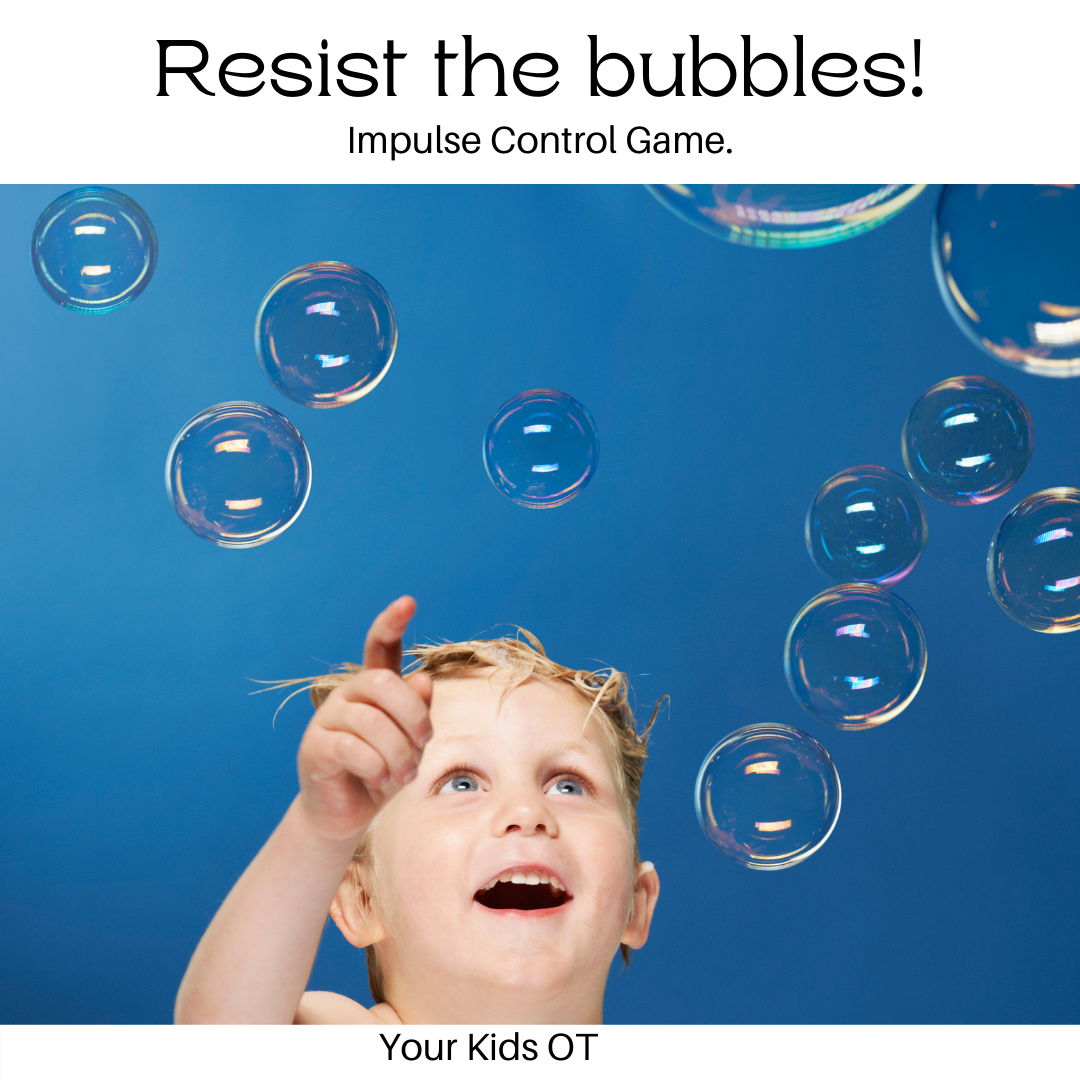
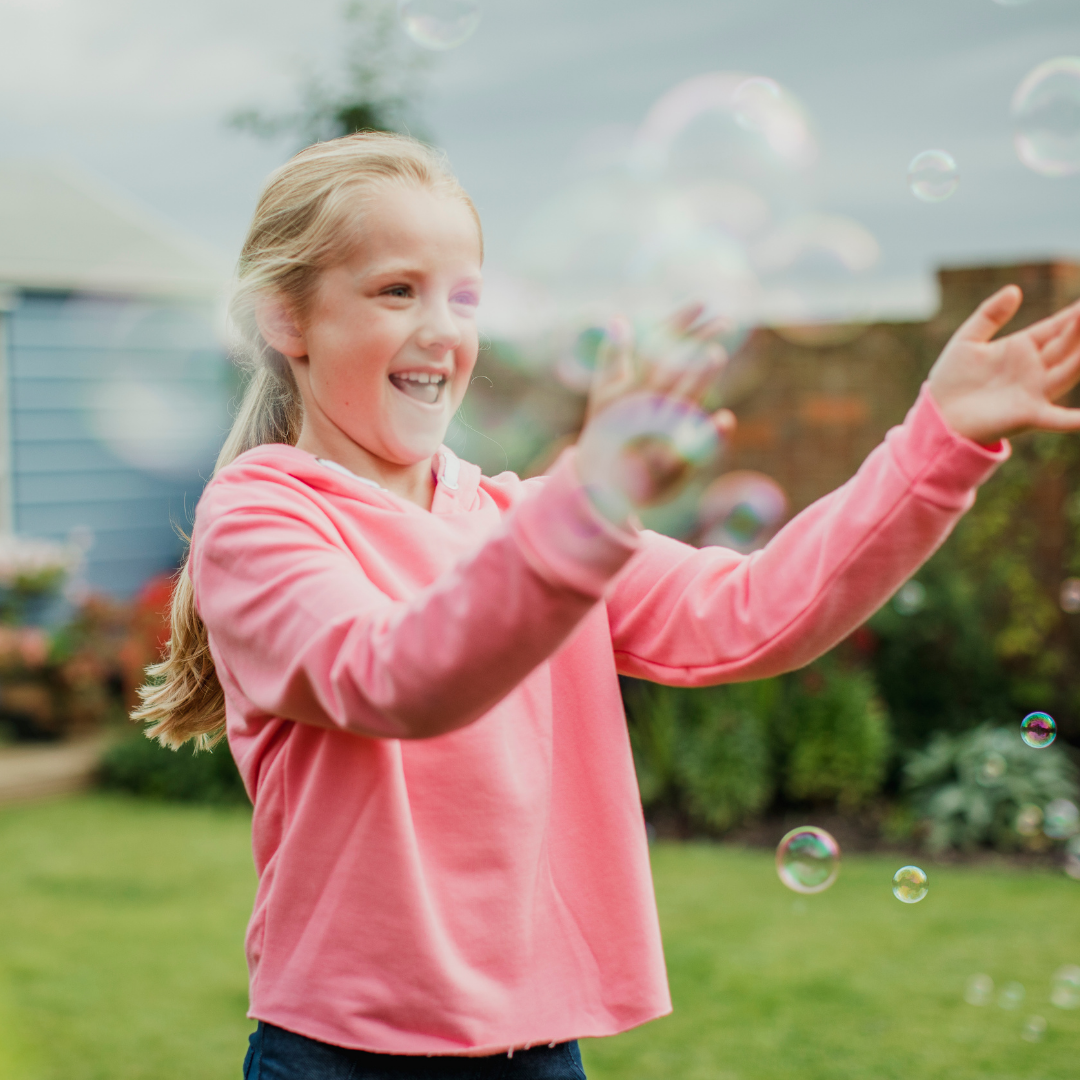

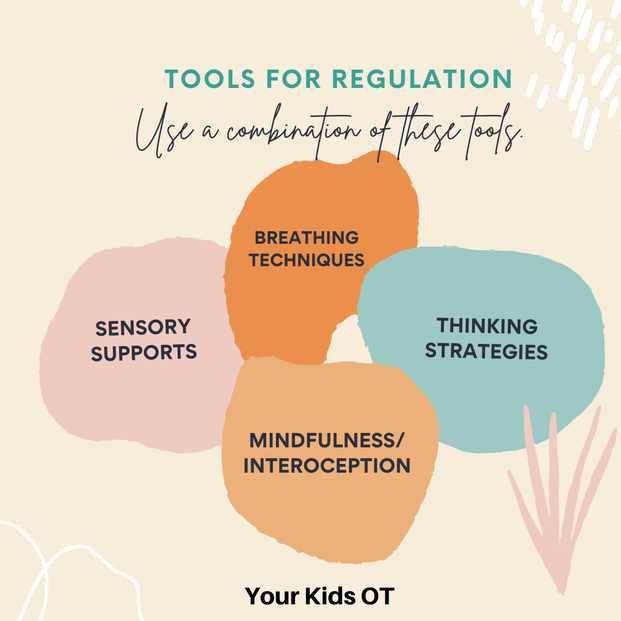
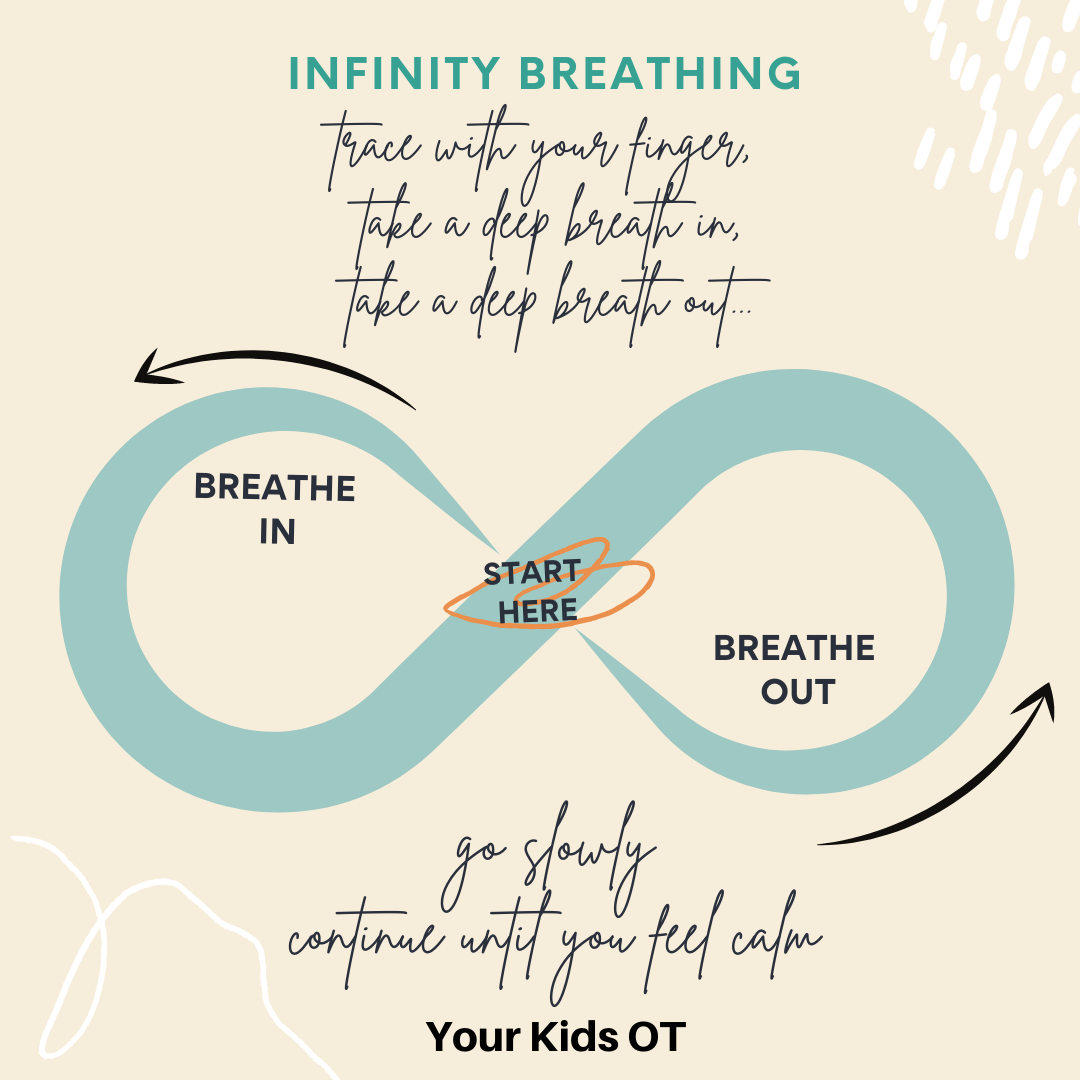
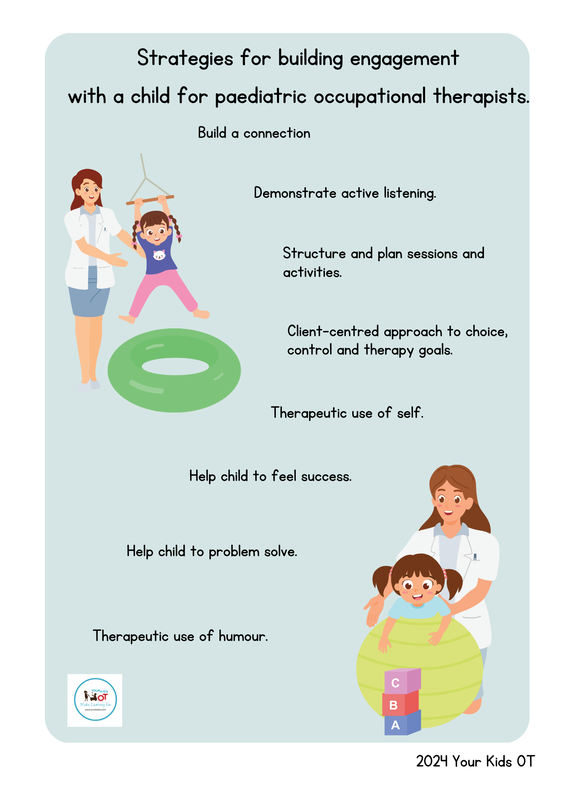

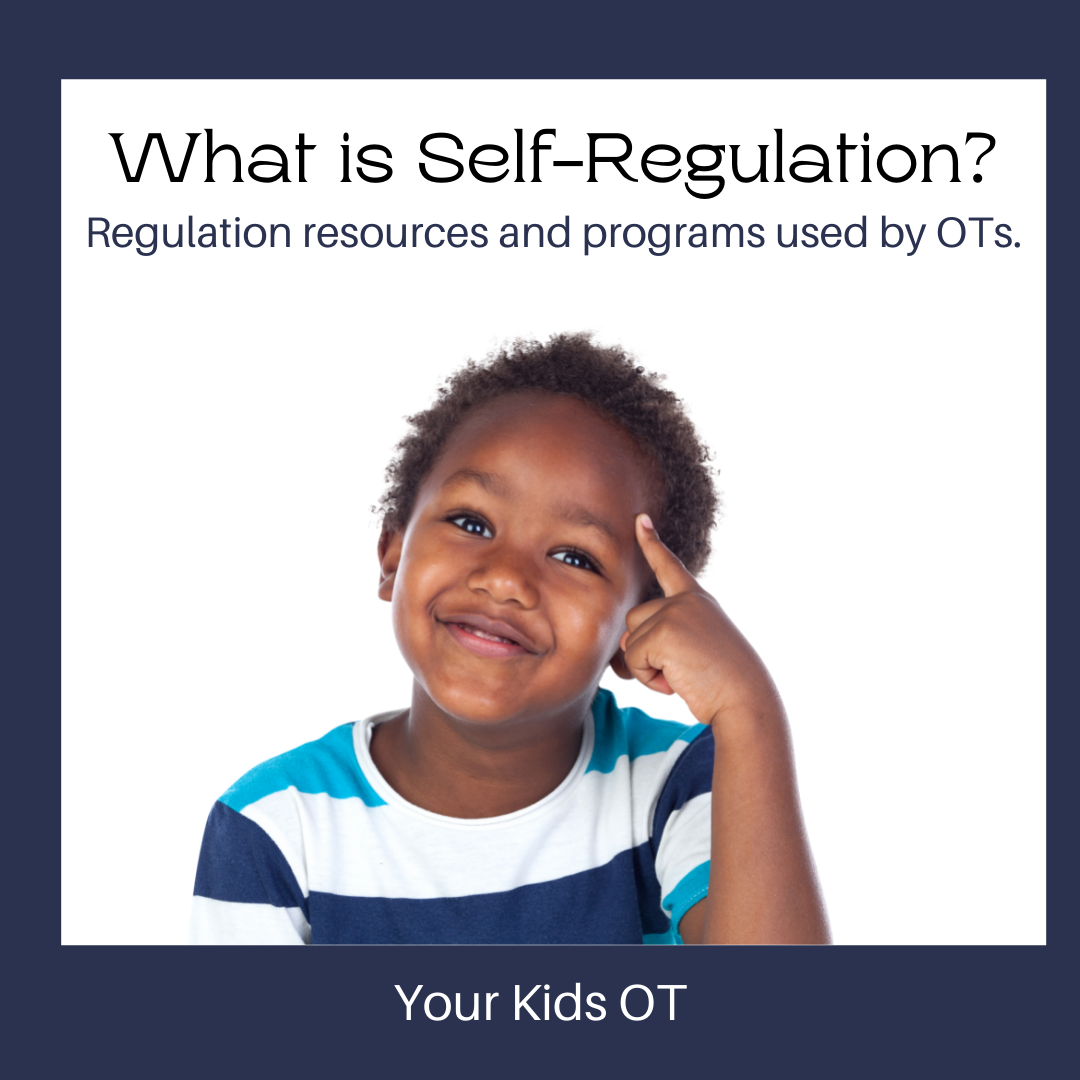
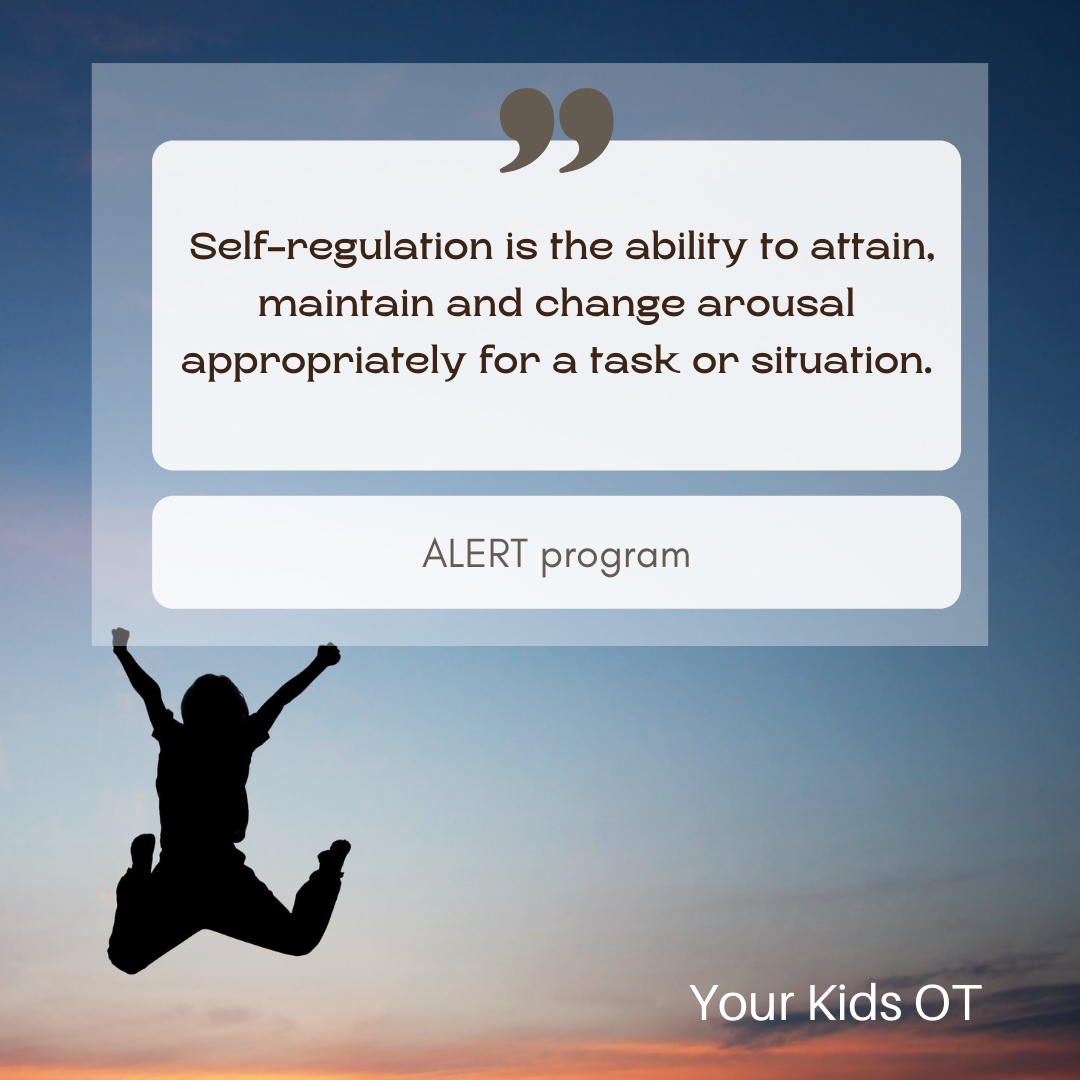
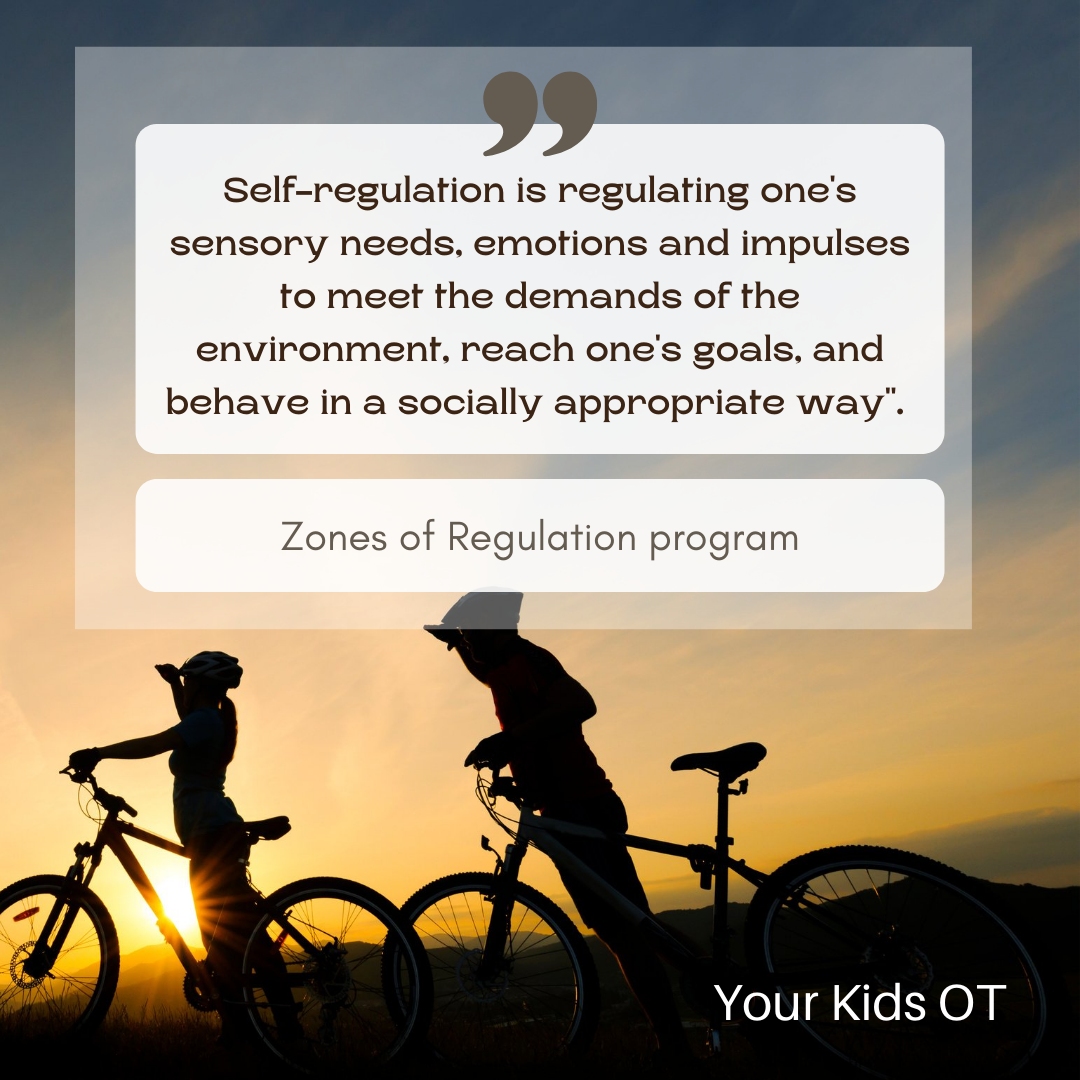
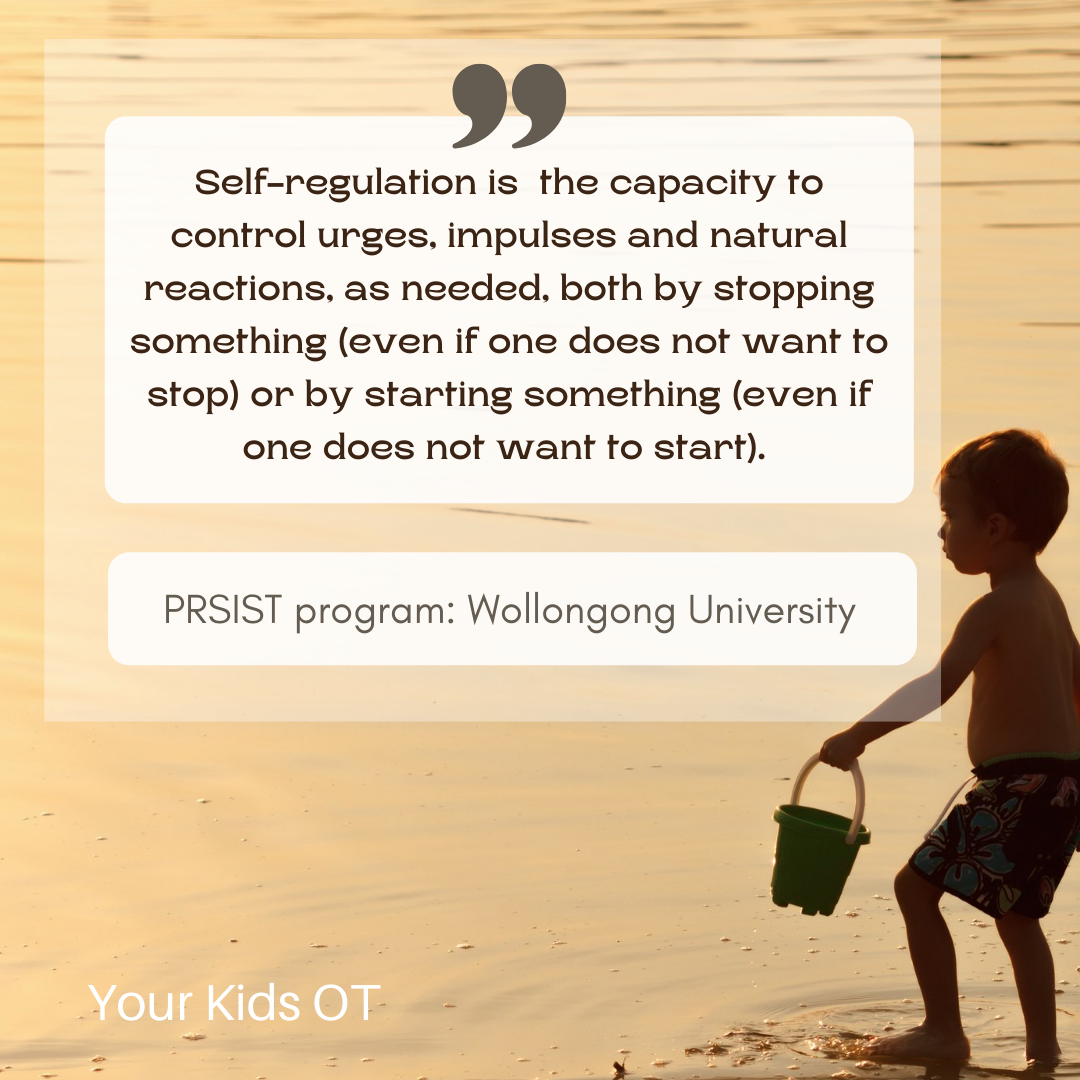
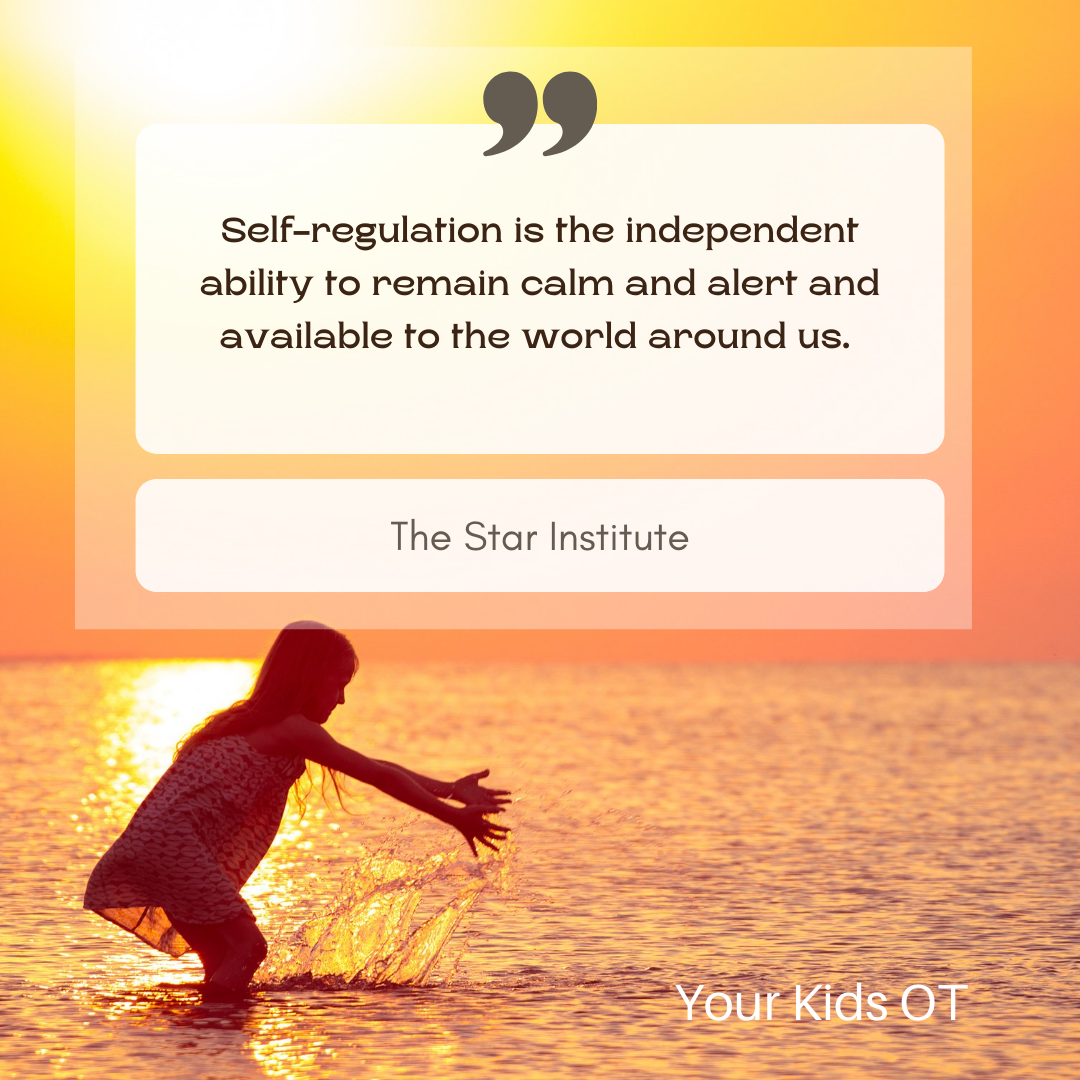
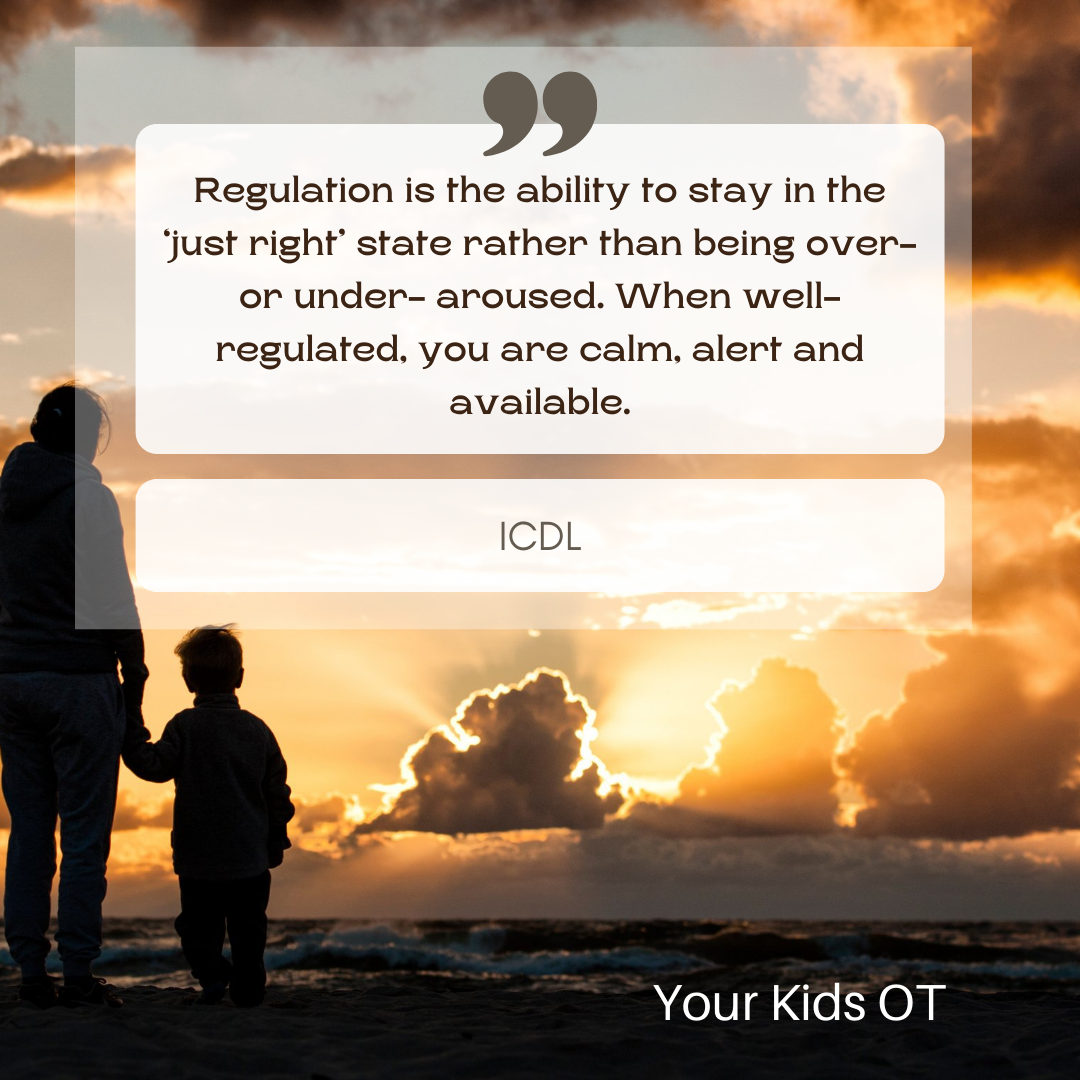
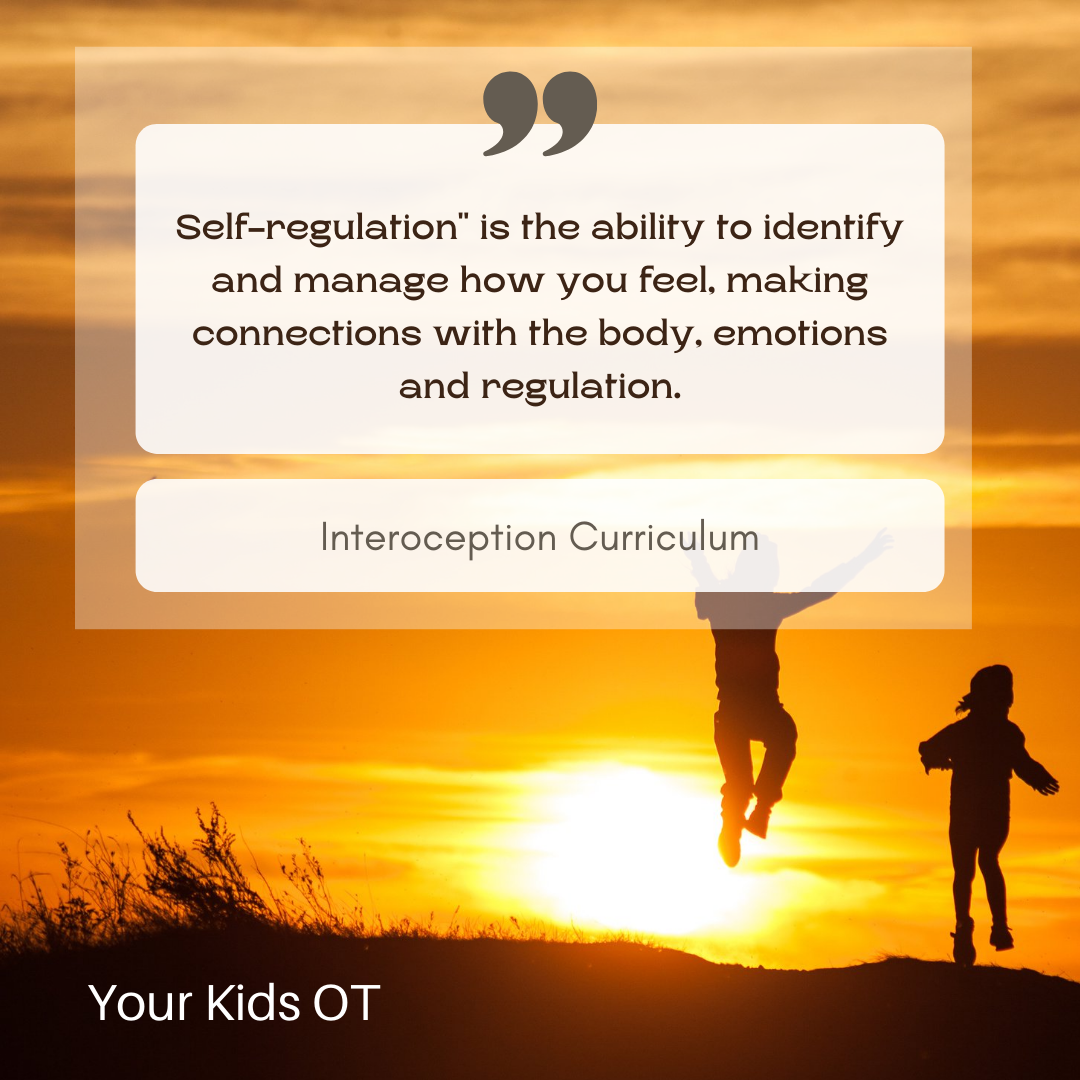
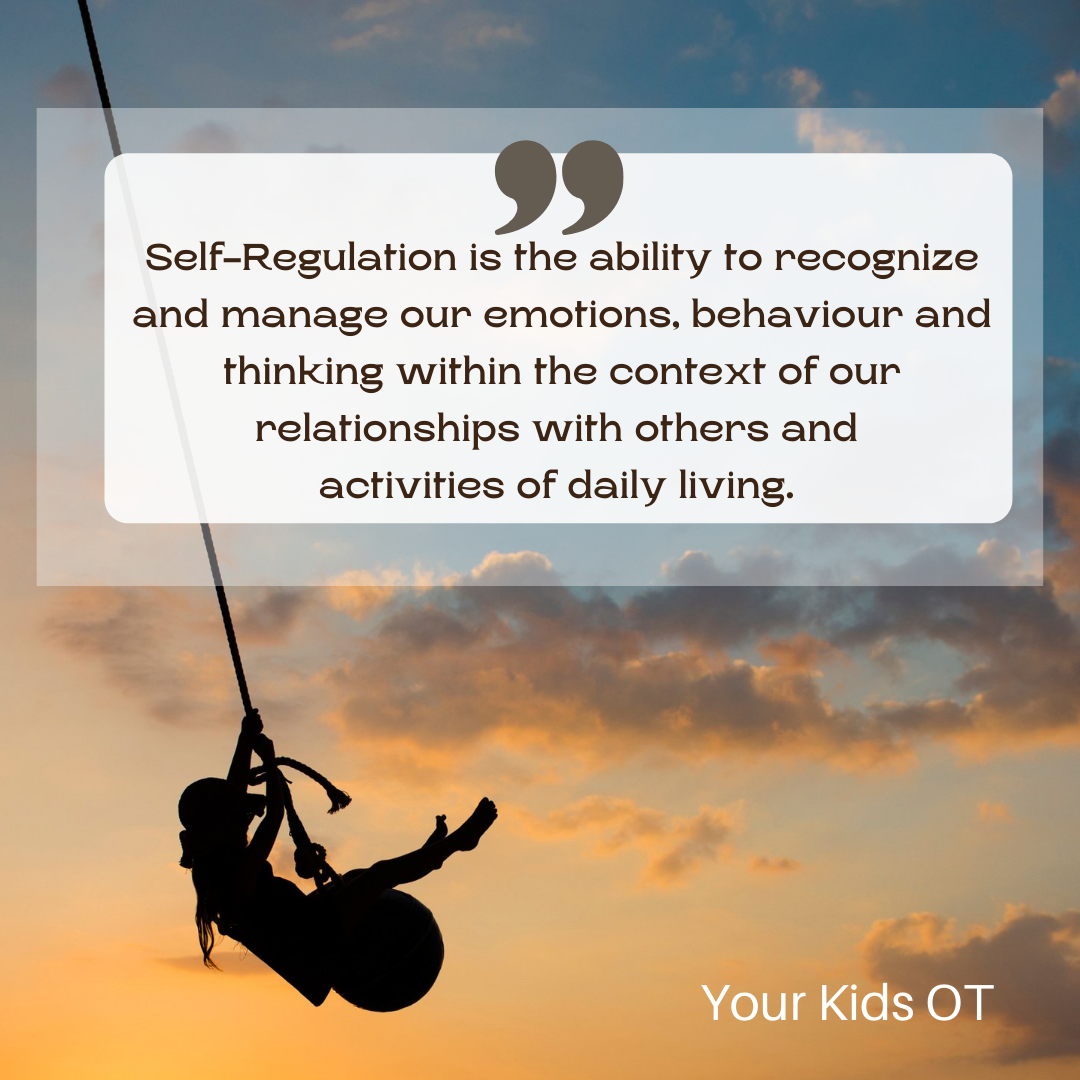

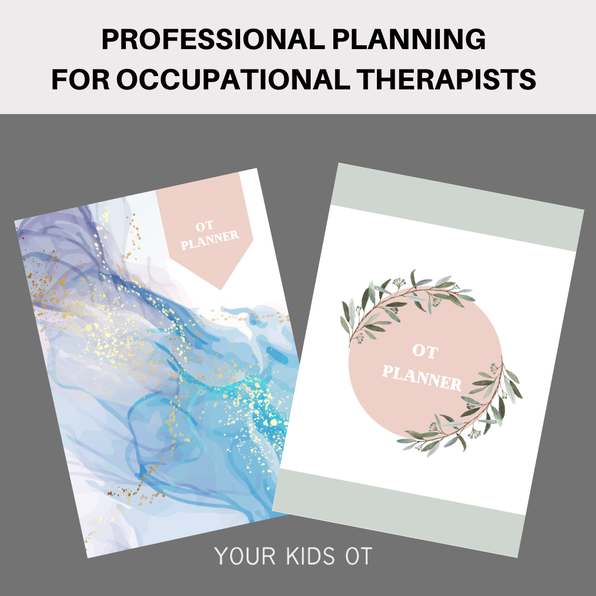
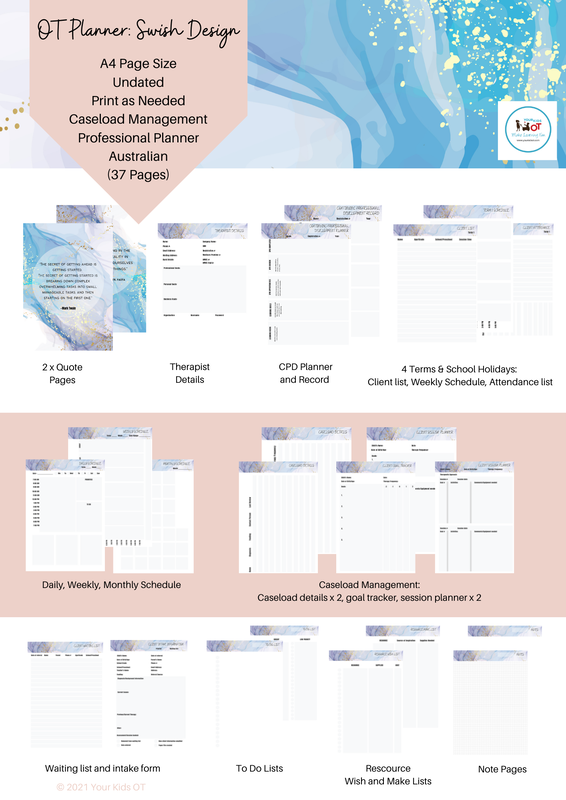
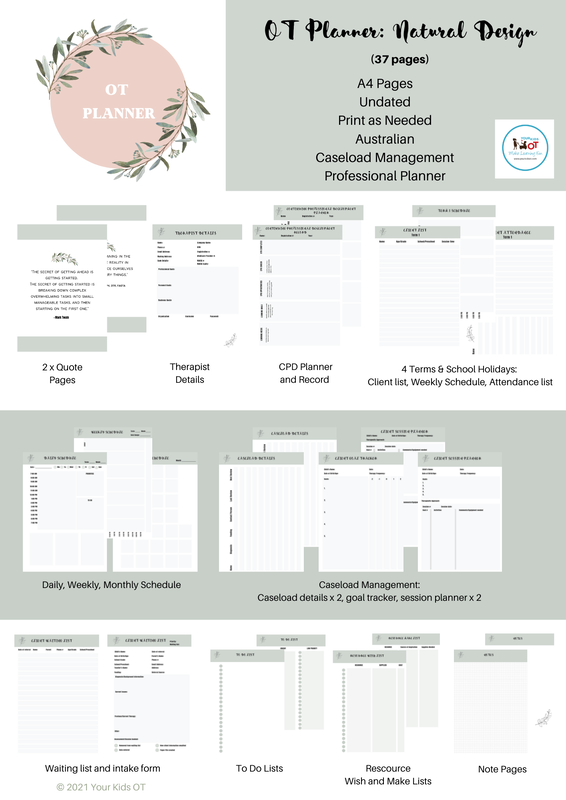

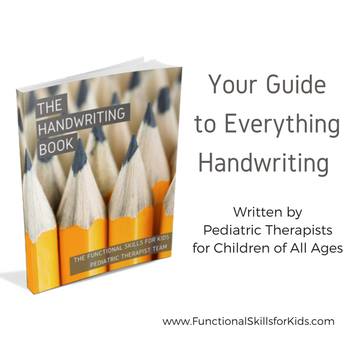
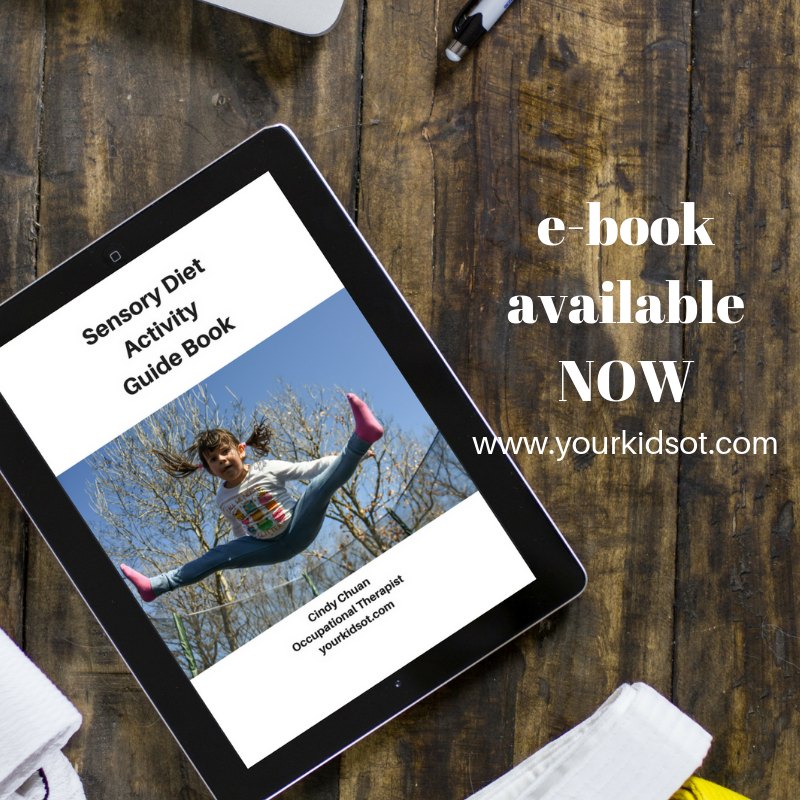
 RSS Feed
RSS Feed
